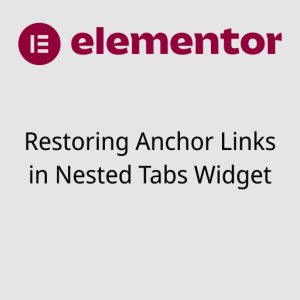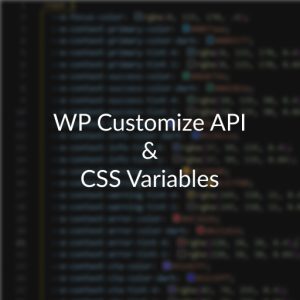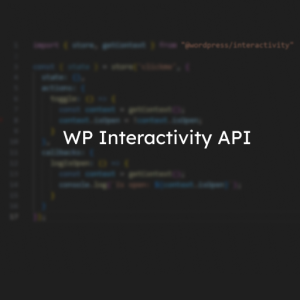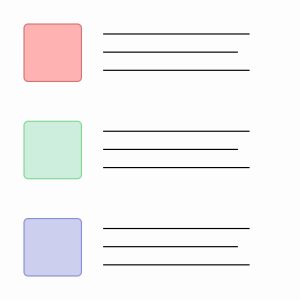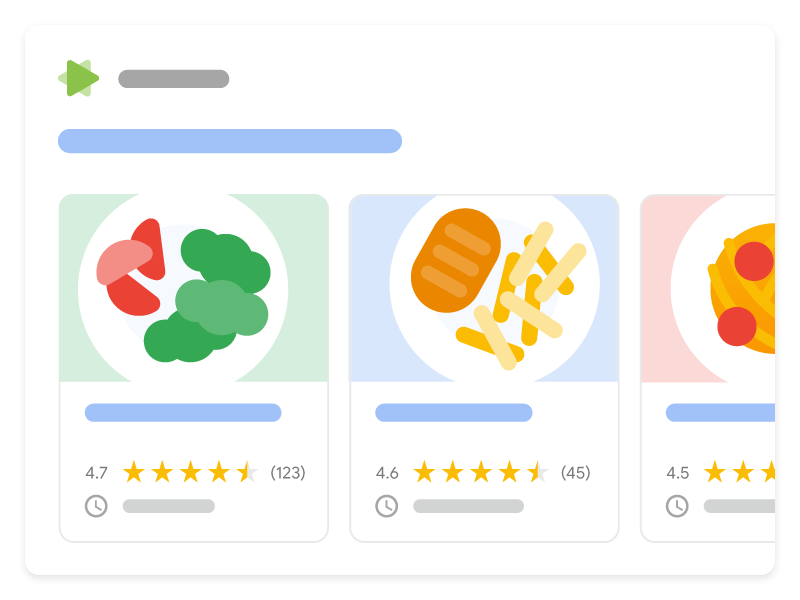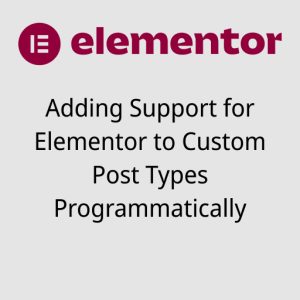
Adding Support for Elementor to Custom Post Types Programmatically
Elementor is a popular WordPress page builder plugin that allows you to create beautiful websites easily. As a developer, you may create custom post types for various reasons on a website. By default, Elementor will not be usable for custom post types. Documentation for Elementor is clear on how to add support and use Elementor […]
